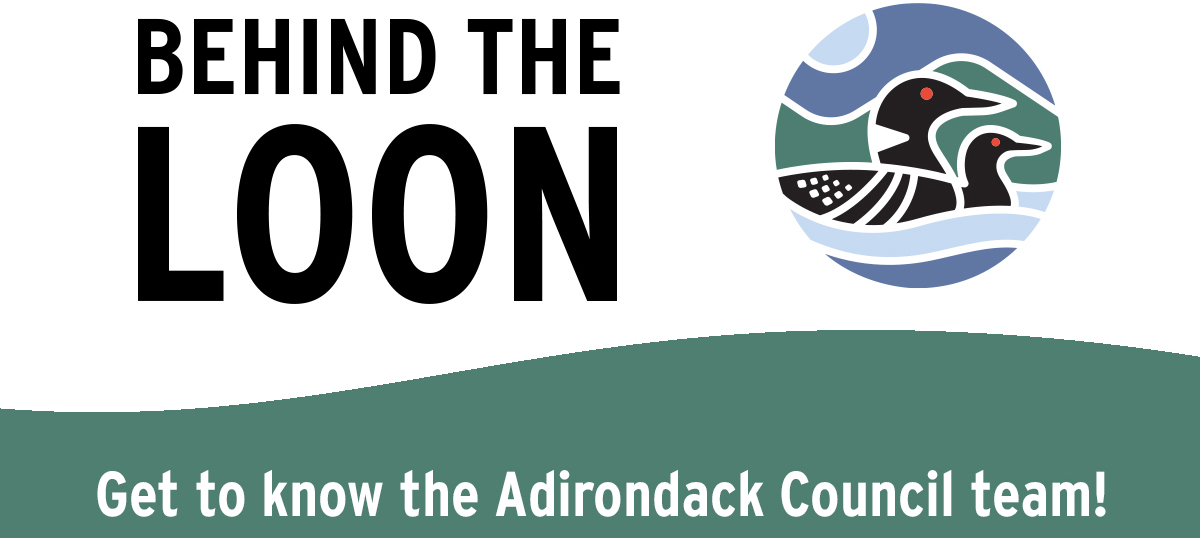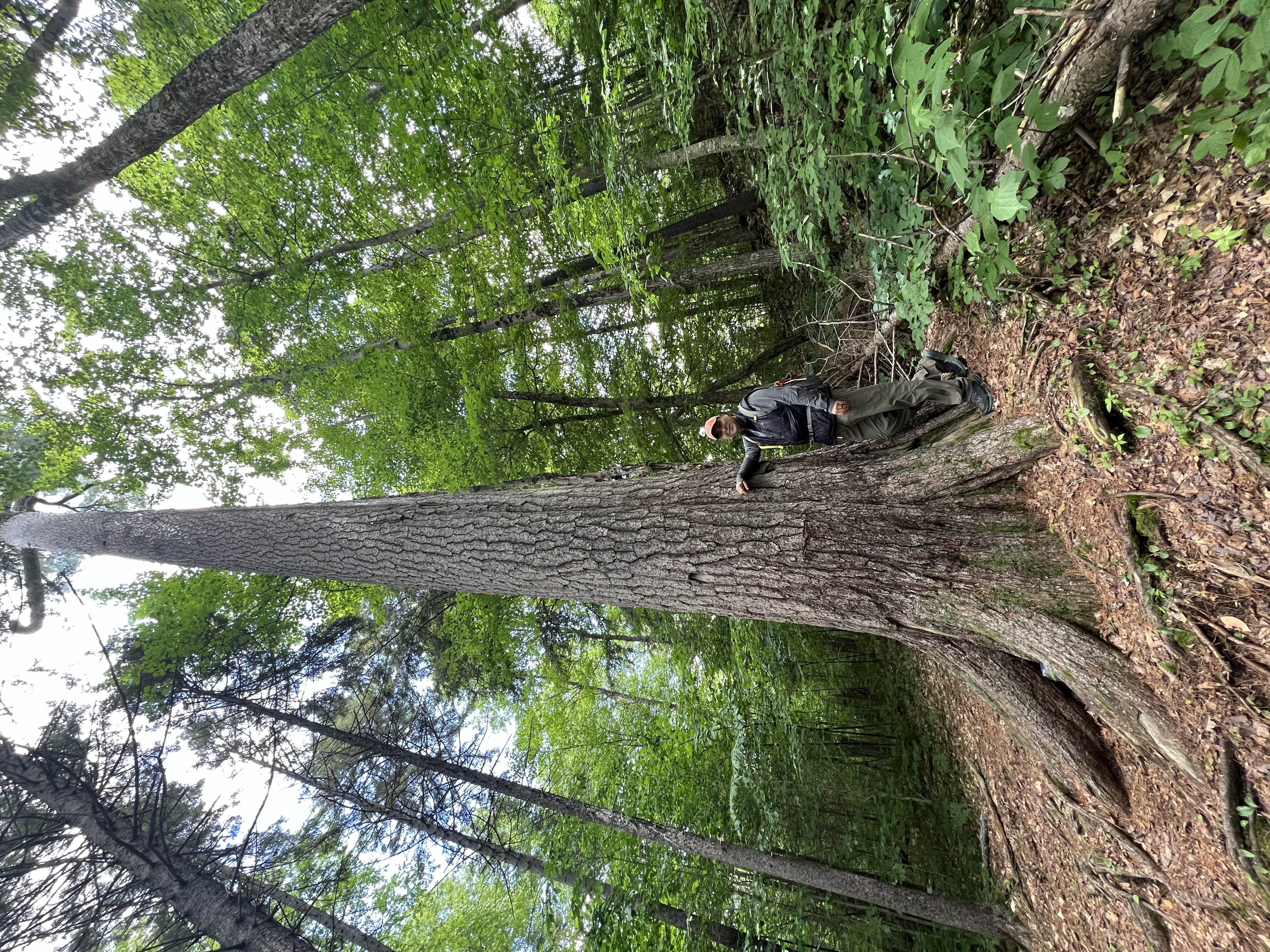
Behind the Loon - Meet Rocci Aguirre!
By Raul J. Aguirre - Executive Director
Wednesday, September 25, 2024
 Briefly describe your role at the Council.
Briefly describe your role at the Council.
I am the Executive Director at the Council and have officially been in the role since June of 2023. I started with the Council overseeing our conservation program in March of 2013 and became the Deputy Executive Director in October of 2021 before moving into my current role. Prior to the Council I had a career working for land trusts doing open space protection, field staff for Trout Unlimited, and as a ranger with the National Park Service and US Forest Service.
My role at the Council is about as multi-dimensional as it can get. The primary duties I am entrusted with by the Council’s Board of Directors is to essentially keep the lights and power on. Which translates to bringing in enough financial support to meet our annual budget. The Council does not take any funds from the state or federal government, which both simplifies and complicates our fundraising. I also work closely with senior staff to guide our conservation policy and political strategy work and manage a staff of approximately 20 people.
 It's 5:00 on a Friday and you're leaving the office for the weekend. Where are you going, what are you doing?
It's 5:00 on a Friday and you're leaving the office for the weekend. Where are you going, what are you doing?
Depends on how stressful the work week has been and how much travel I have done. If it’s been a routine busy week and I don’t have any weekend work commitments to prepare for, I tend to find small trout streams that are off the grid and go fly fishing for a few hours. There are any number of amazing small, uncrowded creeks near Elizabethtown or Keene that let me chase after beautiful Adirondack brook trout. Afterwards, sitting on the tailgate of my truck watching the evening settle in over a river, really helps me reset.
And if the week has been more hectic or the issues more complicated and consuming, my wife and I try to find last minute openings at out-of-the-way DEC campgrounds or primitive campsites, such as those out near the Boreas Ponds and the Essex Chain of Lakes, to camp, unplug and unwind. Nothing helps put the Council’s work into context better than simply getting out to explore the lesser-known areas of the Park, get sweaty from a day of hiking, paddling, or biking, and sit around a campfire with friends and family in the evening, swat mosquitoes, and share food and friendship.
 What's one thing people don't know about the Adirondacks, but should?
What's one thing people don't know about the Adirondacks, but should?
We tend to focus a great deal on the recreational amenities of the Park and visitor use impacts associated with this amazing landscape. It is fascinating to me that most people have no idea that the Adirondack Park is ecologically important at a global scale. As an UNESCO site, the Champlain-Adirondack Biosphere Reserve, which includes much of the Adirondack Park, anchors one of the one of the largest intact temperate forest ecosystems left in the world.
The rarity and uniqueness of this landscape is something that often gets overshadowed in the discussions about how to manage this national treasure. In my work I have gotten to meet and talk with park managers from protected landscapes all over the world through the Department of State. They often point to the Adirondacks as the most powerful and relevant example of how communities and sensitive natural areas can co-exist and most mirror the situations they navigate in their own countries. More so than our National Parks and other protected open space models. That is a powerful example of how powerful the Adirondacks are as a global conservation success story.
Side note: most people also don’t know that Lake Champlain is the 6th largest lake in the United States.
What is one issue that we are engaged in that means a lot to you?
This is not a cop out but there is no one single issue that means the most to me, either professionally or personally. That is because I tend to see all of the areas that the Council engages in as part of larger holistic framework linking our work to the needs that both our natural and human communities have. I have spent almost 30 years studying wilderness and wild places, what that means philosophically, what that means practically, and have come to appreciate that no matter how remote these protected spaces are, there is always a human component to ensuring their long-term success and viability. For me, the Adirondacks are the most complex, beautiful, infuriating, and challenging landscape out of all the ones I have worked in. And the greatest opportunity to improve on how natural and human communities support each other to survive. I have found my greatest challenges here trying to balance those competing needs; and, through the Council, I have also found my greatest purpose.
Looking for more ways to get involved with the Council?




